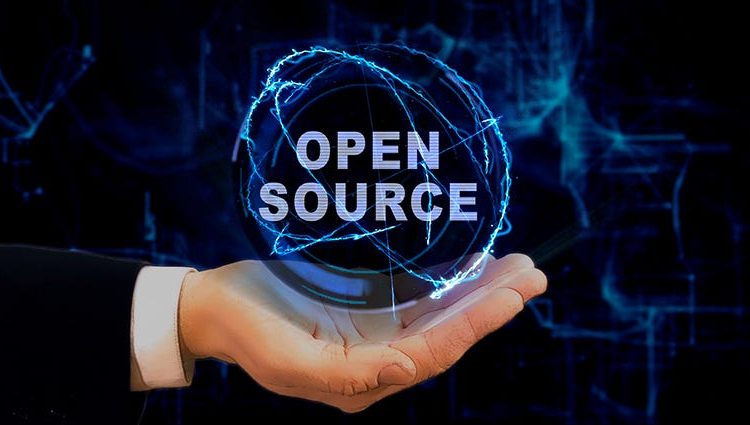This is the first in a series of blog articles in which I will discuss the changing landscape of open source and money. Or, more specifically, open source databases and money. And even more specifically MySQL and its all variants (AWS Aurora, MariaDB, Percona Server, RDS/MySQL) and money. But before going too deep into what is changing, let’s review all the traditional business models in and around the MySQL marketplace.
In general, these are the following types of companies in the MySQL commercial ecosystem, sorted by total annual revenue and addressable market size:
- Developers who do not aim to monetize the open source code, just provide value to others and hope to get development and other contributions in return. This is the purest form of open source. For example, all Apache-licensed projects fall into this category. One Apache-licensed project in the MySQL community was the Tungsten Replicator. The Tungsten Replicator project was ultimately closed and is now being offered via AWS as a low-cost AMI offering (more about that in future blog articles). By definition, this market has zero return, and the development must be supported by sponsorships or other contributions.
- Developers who aim to monetize the open source code by offering consulting and support services for the open source software they have developed. As an example, this category includes various projects by Percona, such as Percona Server, XtraDB Backup, PMM for monitoring, and also their ‘fork’ projects from others, such as XtraDB Cluster (Galera). Naturally, Galera Cluster itself by Codership belongs in this category. The total market in this category is relatively small, a few tens of millions. Due to the lack of any real hook, besides excellent service itself, the companies in this space often struggle to maintain a growing, recurring revenue stream as the open source users tend to drop the support providers after their initial learning curve of these solutions has been covered. On that note, I recently spoke on this topic at the Percona Live Conference in Austin, Texas. You can watch the recording of my talk here:
- Commercial software companies who are monetizing their proprietary solutions by adding value on top of open source projects. The companies offering various recurring monthly or annual subscription models in this category include Severalnines, VividCortex, and ourselves, amongst others. This space has historically attracted the most VC money, reaching well over $500M during the past 10 years, as it has been the easiest business model to understand by the traditional VCs. Unfortunately, despite the promise of hundreds of millions of annual recurring revenue from this marketplace, many of these startups failed to generate enough revenue due to the natural rejection by many open source aficionados who prefer the, often sub-standard, ‘free’ open-source-based home-grown solution over the more polished commercial offerings. But to be fair, many of these VC funded companies failed because they were addressing the wrong problems and needs.
-
Developers who aim to monetize the open source code by offering enhanced, tested, and supported commercial versions of the core open source software. MariaDB is the leading contender in this category. MariaDB is available as open source, but several features and functionality are only available in the MariaDB Enterprise version. Naturally, Oracle is also approaching the market in the same way with its MySQL Enterprise edition. These solutions create the foundation for the whole market, but do not command the most revenue generated in the MySQL marketplace. Oracle and MariaDB combined are making in the low hundreds of millions of dollars from their own offerings, which is far less than the actual value they create.
- Consulting companies, which are specialized organizations that bundle multiple open source projects to create more complete solutions. They aim to monetize these bundles by providing ad-hoc consulting and support services, or annual support subscriptions. Datavail, MariaDB, Percona and Pythian are the most well-known database-focused entities in this space, but practically all IT consulting companies around the world offer these services. The total market of these services is several hundreds of millions of dollars. Since, in many cases, these companies offer a DBA replacement solutions, this is a more ’sticky’ business model and creates a better overall, more steadily growing recurring revenue path. Then again, due the labor-intensive approach, the profitability of these services is not as high as the software subscription-focused offerings.
- Last (but definitely not least!), come Cloud Providers who take over existing open source projects, modify them for their own needs, and offer these open source solution-as-a-services, often without contributions back to the project. A prime (pun intended) example of these providers is Amazon, which some people have called out for abusing the open source ecosystem. Amazon is making money hand-over-fist with its DBaaS offerings, especially Aurora. It is a multi-billion-dollar business. Maybe more money than the rest of the MySQL-related companies, combined, during the past 10 years. This topic was also covered during my keynote at the recent Percona Live Conference (embedded above).
Obviously, there are also other software companies, like Facebook and Google, who take over an existing open source project, modify it for their own needs and use the project as part of their own service. I will keep them out of the further analysis of the MySQL and Money, even though these companies are part of the ecosystem, especially with their software contributions back to the projects, and revenues of tens or hundreds of billions of dollars from their open source database platforms.
Interestingly enough, as you can see from the above list, companies that are actually doing core open source development have not fared nearly as well as those that take advantage of the solutions and market created by these open source offerings. Traditionally, it was the consulting companies taking the cream from the top, but increasingly it is the Cloud Providers.
In a future blog post, I will take a deeper dive into each of these paths that develop and monetize open source solutions. The focus will be on the commercial aspects, i.e. how to create a sustainable model to fund the development, and how to reap some financial benefits from these efforts when possible and feasible. As they say, money makes the world go around.
Open source won’t survive on good faith alone. Stay tuned.
Smooth sailing,
Eero Teerikorpi, Founder and CEO of Continuent



Comments
Add new comment